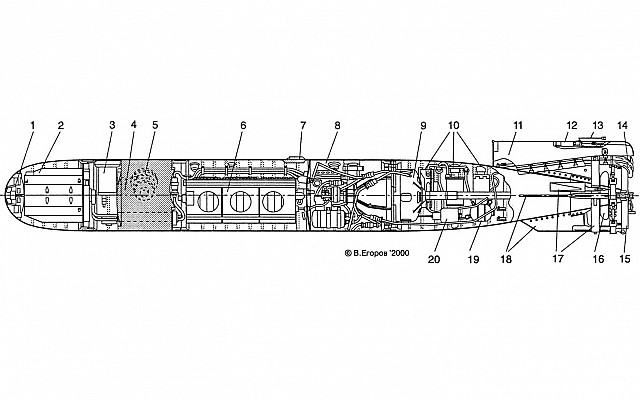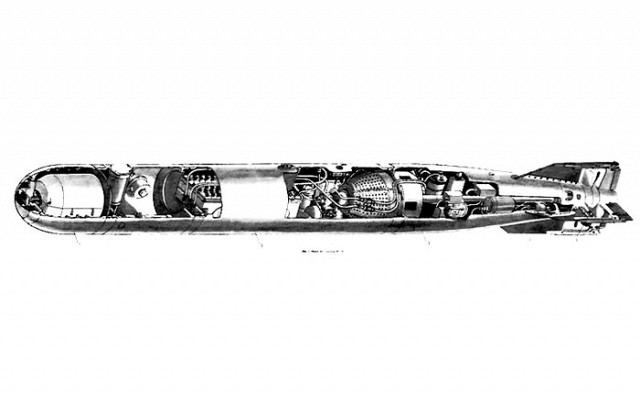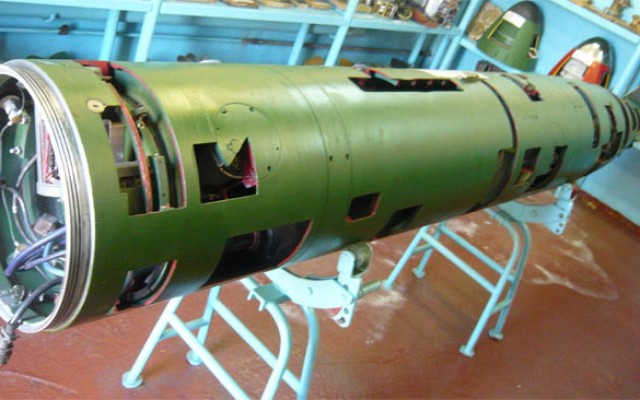AT-1
Introduction
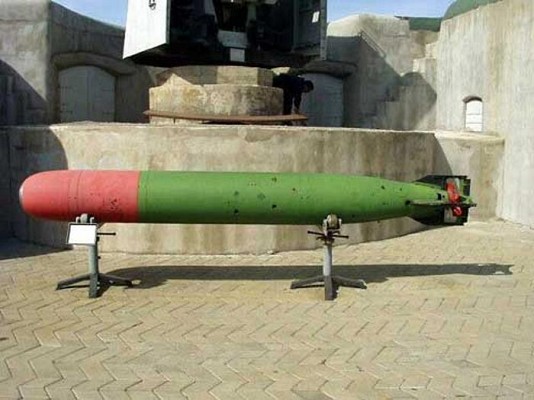
AT-1 torpedo
Soviet 450 mm AT-1 torpedo on public display in the Vladivostok fortress museum.
Source: www.vlad-fort.ru -
© Copyright lies with original owner
Description
Introduction
The AT-1 is an early Cold War era lightweight torpedo of Soviet origin. It is an air-launched torpedo with active-passive acoustic homing warhead for anti-submarine warfare. It supplements older types of Soviet 450mm torpedoes that are less suitable for use against submarines.
Design
The AT-1 torpedo is an air-launched derivative of the SET-40 / MGT-2 lightweight anti-submarine torpedo that was developed for use by submarines. The AT-1 uses the same acoustic homing system, batteries and electric motor. The body is wider at 450 to fit existing torpedo racks in aircraft bomb bays.
Guidance
The AT-1 has a two plane active-passive acoustic homing system. Effective range is about 400 to 800 meters.
Firepower
At 80 kg the warhead is modest in size, but should be adequate in close proximity. The warhead is set off by a sonar proximity fuse. At 29 knots the speed is rather good. The silver-zinc batteries only provide power for a range of 5 km. Maximum depth is 200 meters.
Platforms
The AT-1 torpedo was developed for use with the new Il-38 (NATO: May) maritime patrol aircraft. It entered service with the Be-12 amphibious aircraft before the Il-38 became operational. The larger Tu-142 could also carry the AT-1. The AT-1MV helicopter model could be launched by the Mi-4T, Ka-25BSh, Ka-27PL and Mi-14PL naval helicopters.
Users
The AT-1 was adopted in quantity with Soviet forces. Apparently some of these remained in 1997 and possibly longer in Russia. AT-1 was available for export as the AT-1E.
Variants
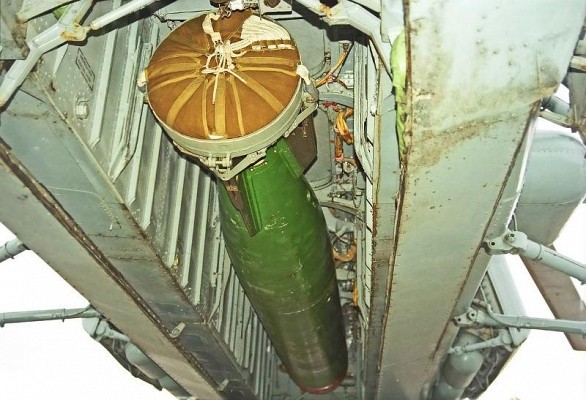
AT-1MV
Soviet 450mm AT-1MV helicopter launched anti-submarine warfare torpedo seen in the weapons bay of a Ka-27PL helicopter.
Source: Oleg Podkladov -
© Copyright lies with original owner
List of AT-1 torpedo variants
Details
Platforms
note: incomplete list
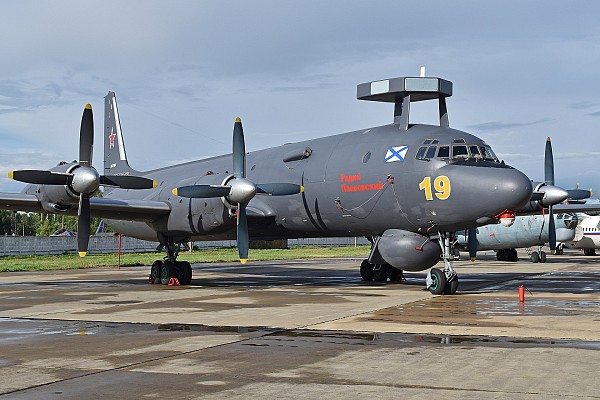
Ilyushin Il-38
The AT-1 was developed for use with the new Il-38, but entered service earlier with other types of aircraft.

Kamov Ka-25BSh
The Ka-25BSh anti-submarine warfare helicopter can carry and launch the AT-1MV variant of the AT-1 torpedo.

Kamov Ka-27PL
The Ka-27PL anti-submarine warfare helicopter can carry and launch the AT-1MV variant of the AT-1 torpedo.
Media
Related articles
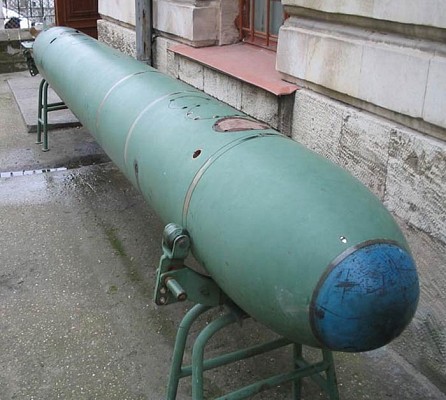
SET-40
The AT-1 air-launched torpedo incorporated many of the technologies of the SET-40, which was developed by the same research institute at the same time.
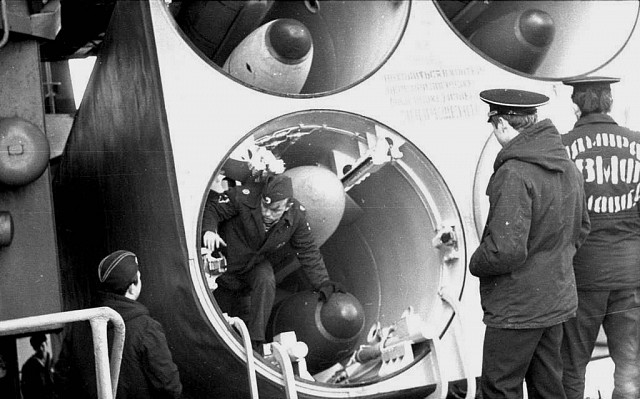
AT-2
The AT-1 was supplemented by the larger diameter AT-2 air launched anti-submarine warfare torpedo. The AT-2 is faster, has a longer range and was at a later stage fitted with more capable homing systems.
